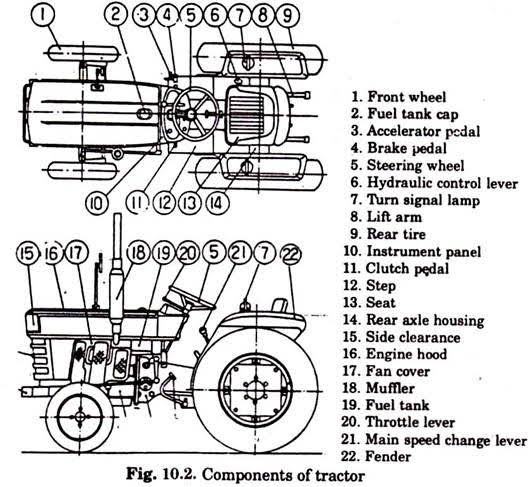Tractors are some of the best friends that any hard-working man can have because of how useful they are for a wide variety of purposes on the farm. But, then again, because you need to make sure that your equipment is working fine because it is an investment, you need to make sure that your tractor tires are always in great shape. So, how many years do tractor tires last before they need to be replaced?
Some tires can last for up to 30 years while some depend more on how many hours they have been used in total as some tractor tires can last for more than 9,000 total hours. There is no certainty as to how long tractor tires last but the consensus is that they can last for a very long time.
That said, tractor tires are more about how often you use them in terms of how long they can last because these tires are indeed made to last for nearly an entire lifetime. So, while the years do matter in terms of their age, they are more about how long you have been using them in terms of hours. So, for those who don’t often use their tractors, expect their tires to last for decades.
Contents
Those who produce food on their farms know for a fact that tractors are some of the most important pieces of equipment you can possibly have. After all, tractors provide you with the ability to do some of the heaviest jobs possible on a farm. In a sense, you would have to do all that manual work by yourself if you didn’t have a tractor with you.
In line with that, tractors may be built to be durable and to last for a very long time but they are not made to last forever due to how their individual parts and components also have limited lifespans. For instance, their tires are going to have a limited lifespan because of how a tractor’s tires are usually at the tail end of some of the most difficult things a tractor does.
Of course, it is also important for you to know that making sure that the tires are in top shape is one of the things you should do if you want to get the most out of your investment. After all, when the tractor tires begin to wear out, the tractor itself won’t be able to perform very well.
After all, when the tractor tires begin to wear out, the tractor itself won’t be able to perform very well.
This can result in inefficiency on your part and may even lead to more expenses in the future. That said, it goes without saying that you need to know how long tractor tires last if you want to keep an eye on how long you should wait before replacing your tractor tires.
So, how many years do tractor tires last before you need to replace them?
In terms of the number of years, there really is no certainty as to how long tractor tires will last because of how everything boils down to the frequency of use and how heavy the workload is on the part of your tires. That means that the years are not really the best basis to tell whether or not you should replace your tractor tires because there are plenty more factors you need to consider.
For example, there are some tractor tires that can actually last for three decades depending on how often the tractor is used. However, there is also no assurance that tractor tires can last for up to 30 years because of how some owners might be using their tractors more often than others do.
However, there is also no assurance that tractor tires can last for up to 30 years because of how some owners might be using their tractors more often than others do.
Meanwhile, there are also some people who prefer to use hours as the basis for how long their tractor tires last because that is how they can tell the exact workload that the tires get on a regular basis in terms of the time spent using the tractor. As such, there are some tractor owners who were actually able to get more than 9,000 total hours from their tires before they began showing signs that they need to be replaced.
How long 9,000 hours are in years can depend because there are some tractor owners who might be able to reach 9,000 in a decade while others might need to go beyond 20 years to reach 9,000 hours on their tractor tires. It really depends on how often you use your tractor. But the fact remains that you should base tractor tire replacement on certain signs that will tell you that you need to get your tires replaced as soon as possible.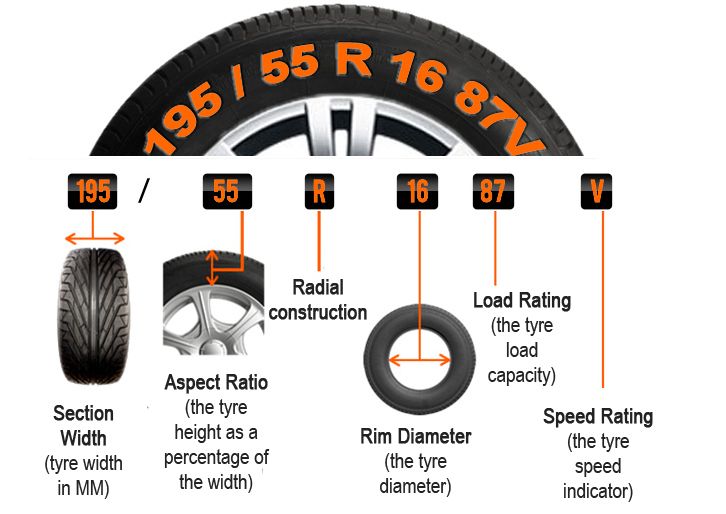
Now that we have told you that you should look out for certain signs when you want to know if you need to replace your tractor tires, here are the things you need to look out for:
Dry rot should be one of the more common signs and symptoms that can easily point to the fact that your tractor tires need to be replaced. This can happen due to a lot of different reasons such as when the composition of the tires changes due to how different environmental conditions change when the season changes. This can also happen when the tires have been exposed to sunlight for a long time. So, when any of those things happen, the tire can lose its elasticity no matter how sturdy it might be and will begin to develop cracks that we know of as dry rot.
Any kind of tire no matter which vehicle it is used for (bikes or cars) can experience air pressure problems. When tires aren’t able to fill up to the ideal air pressure, this can cause problems such as fuel wastage.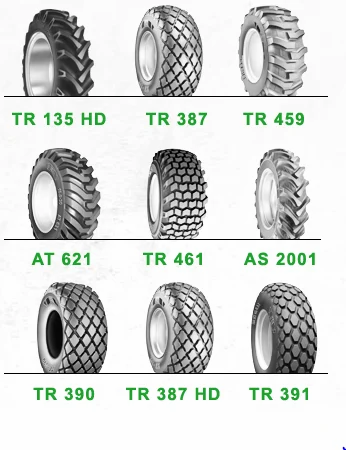 So, if you have noticed that your tractor tires need to be filled with air more often than not, they may already need to be replaced due to how there might be something in the tires that is causing air to leak out. If you don’t want to have problems in relation to your tractor’s ability to perform at its best, you need to make sure that the tires don’t have air pressure problems.
So, if you have noticed that your tractor tires need to be filled with air more often than not, they may already need to be replaced due to how there might be something in the tires that is causing air to leak out. If you don’t want to have problems in relation to your tractor’s ability to perform at its best, you need to make sure that the tires don’t have air pressure problems.
Machines that are as big and as heavy as tractors need to be able to have the best kind of traction in their wheels because traction allows you to have better control over the tractor. Most tractor tires today have slip indicators that will allow you to tell when the tractor is already sliding off or is struggling to grip the ground.
Meanwhile, some of the more seasoned tractor drivers can also easily feel when then the machine is already struggling to gain traction in muddy and wet soil. So, when you already notice that the tires are no longer capable of maintaining good traction, then the logical move to do is to have them replaced if you want to make sure that you are using your tractor in a manner that is safe and efficient enough since poor traction can be dangerous and inefficient.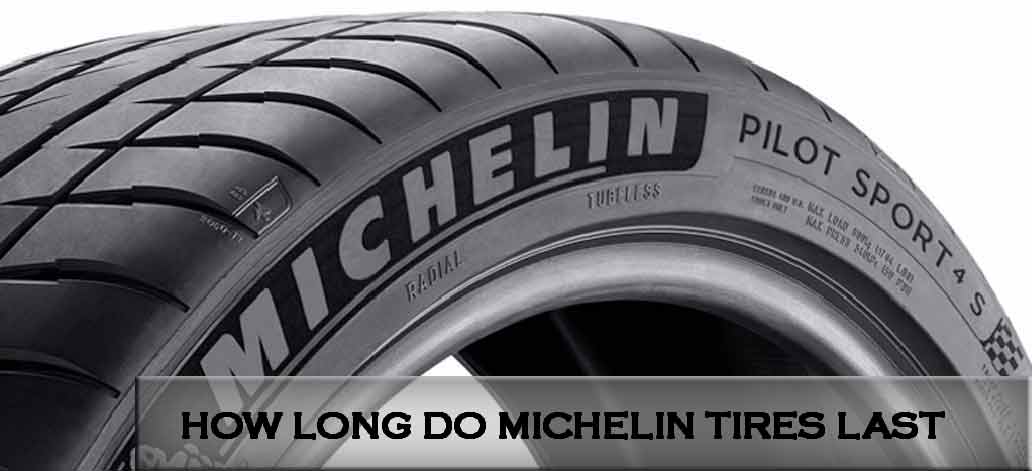
Sources:
https://talk.newagtalk.com/forums/thread-view.asp?tid=431166&DisplayType=flat&setCookie=1
https://www.ntstiresupply.com/blog/3-signs-its-time-for-new-tractor-tires
https://www.grainews.ca/machinery/is-it-time-for-new-tires/
Tweet
For farmers across the nation, their farm equipment, especially tractors, represents a significant investment. They have placed time, money, and effort into making their equipment as smooth and efficient as possible, but one area that can be often overlooked is their tires. Knowing when the best time to change their tires can be challenging if you don’t know the signs to look for or if you treat them the same as automobile tires.
Tractor tires and automobile tires, while at their core carry the same purpose, are very dissimilar and require their own level of care. Unlike automobile tires that mainly consider tread depth when determining whether or not they need replacing, tractor tires assess quality on a whole other scale, as indicated in the video below:
Why is it Important to Replace Worn-Out Tires?Automobiles that travel at high speeds on a worn-down tire with diminishing tread depth are at risk of experiencing a very serious blowout. On the other hand, while worn-out and damaged tires are dangerous for tractors, they’re more costly than anything. An impact on performance can significantly increase fuel consumption and lead to costly downtime. Your tractor will try to compensate for the decreased efficiency of your worn tires and the poor traction.
When it comes time to replace your tires, check out Titan tires for sale on our online shop. However, you’ll first want to inspect each tire thoroughly for some common problems. Keep the following tips and infographic in mind when doing so:
Like other kinds of tires, your tractor tires can develop dry rot over time without a proper maintenance routine. The natural cycle of seasonal changes can change the composition of the tires. Over-exposure to sunlight and dry air can create cracks and lower the overall elasticity of the material, otherwise known as dry rot. If you notice that your tires have become brittle, faded, or cracked, dry rot has set in, and it’s time for you to change your tires.
The natural cycle of seasonal changes can change the composition of the tires. Over-exposure to sunlight and dry air can create cracks and lower the overall elasticity of the material, otherwise known as dry rot. If you notice that your tires have become brittle, faded, or cracked, dry rot has set in, and it’s time for you to change your tires.
In addition to dry rot, tires endure grueling conditions and travel on both hard and soft terrain, making it essential to inspect them regularly to ensure they are intact. Different tires are built for different terrain, so if your tires are designed specifically for use in the fields but see regular use on pavement, they will wear down faster. If your tires begin to show cords, that’s a sure sign that they need replacing.
The depth of your agriculture tire treads has a direct impact on the quality of your ride. The more you take your tractor out for work, the more quickly the tread will wear out; it's the natural life cycle of any tire. However, when it comes to farming and construction tires, the kind of terrain your tires encounter will directly affect your tread depth.
However, when it comes to farming and construction tires, the kind of terrain your tires encounter will directly affect your tread depth.
If your farming tires go onto concrete and paved roads often enough, the tread pattern on your tires will wear down more quickly and lead to you needing new tire replacements before you should. Your tires will respond differently to various soil conditions, and as you transition from one surface to another, it remains an additional factor you should monitor.
Like tires for other vehicles, tractor tires rely on precise air pressure to properly and efficiently operate. Optimal tire pressure makes your ride smoother, improves fuel economy, and generally makes your tractor experience better. When issues with your air pressure arise, such as constantly needing to refill your tire’s air, you may have a slow leak that’s affecting performance. When it gets to the point where you can no longer tolerate the cycle of constantly refilling your tire’s air pressure, it’s time for a replacement.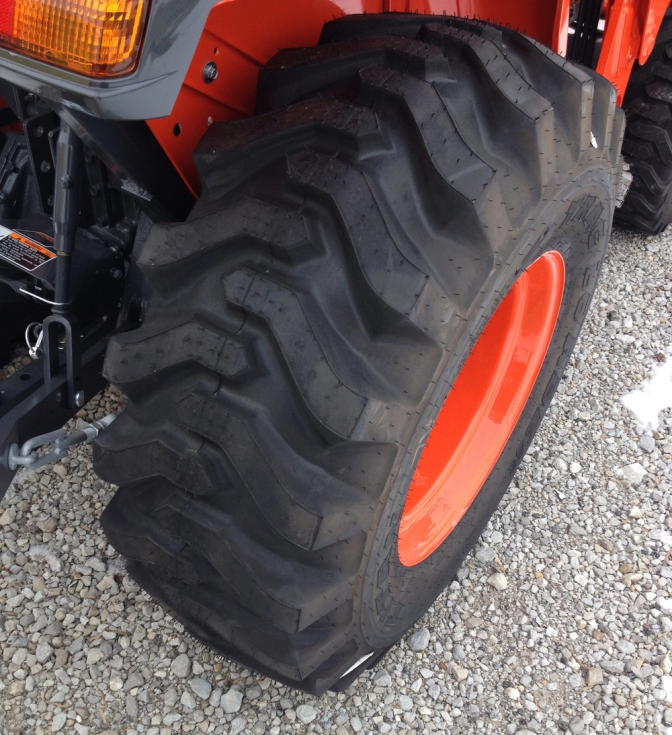
Understanding and monitoring wheel slip is essential when operating a tractor. The wheel slip is a key variable in assessing the efficiency of traction of the tractor tire. A low wheel slip could be affecting other parts of your tractor, causing strain on the machine that is forced to haul excess weight. Replacing old, worn-out tires with new ones will result in optimal performance and fuel savings.
Designs for tractor tires continue to evolve as manufacturing technologies progress; however, the decision to choose radial or bias tires is still difficult to make. Old-fashioned bias tires are designed by layering multiple plies of rubber over one another. The sidewall and tread of bias tires work together and provide a firm and durable finish. On the other hand, radial tires are manufactured with a more flexible sidewall, allowing for increased fuel efficiency, better traction, and reduced field damage.
Do you think you know exactly when you should change your tires? With our latest quiz, you can test that! Take our quiz and see if it’s about time to change your tractor tires today!
If, after a thorough inspection, you decide it’s time to replace your tractor tires, trust Tires4That. com to supply you with top-of-the-line options from industry-leading brands. Browse our website for quality tractor tires or to buy tires for construction vehicles online!
com to supply you with top-of-the-line options from industry-leading brands. Browse our website for quality tractor tires or to buy tires for construction vehicles online!
on
Tractor tires are selected based on operating conditions. Tractors of the Minsk Tractor Plant (MTZ) are universal and are used very widely: when clearing snow on the streets, plowing fields and harvesting, etc. Accordingly, there is no universal “rubber” option for them. It all depends on how the equipment will be used: on what soil, in what speed mode, etc. The model also plays a role - it is obvious that a heavy tractor needs larger and stronger tires than a compact “mini”, and the pressure in tires MTZ 82 will be different than in the chambers of a forest tractor type L82.2. Sets for the front and rear axles are selected separately.
The MTZ 82 tractor tire consists of a chamber and a tire. The chamber serves to hold air in the inner cavity of the tire. The chamber walls and tires filled with compressed air perceive the loads acting on the tire. The tire consists of a tread, carcass, breaker, beads and sidewalls.
The carcass acts as the main strength of the tire, whose characteristics determine its load capacity and strength. The frame is made of several layers of special rubberized cord fabric, whose layers are tightly superimposed on each other. The tread is a running part of the tire made of a three-dimensional rubber layer, tightly fitting the carcass. The lugs and tread depressions form a pattern, the shape of which determines the grip of the tire with the ground surface. The breaker is a cushion layer made of soft rubber and serves to soften the impacts transmitted from the tread to the carcass. The sidewalls of the tire have much thinner covering layers of rubber and serve to protect the sidewalls of the carcass from damage.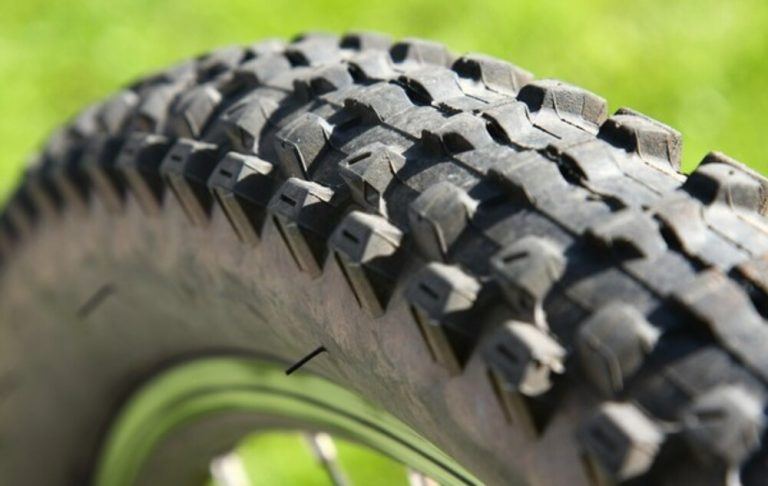 On the rim, the tire is fixed with the help of the beads. Inside the boards are wire rings wrapped with the ends of the carcass cord layers. Wire rings increase the rigidity of the tire beads and prevent them from stretching.
On the rim, the tire is fixed with the help of the beads. Inside the boards are wire rings wrapped with the ends of the carcass cord layers. Wire rings increase the rigidity of the tire beads and prevent them from stretching.
Pneumatic tire MTZ 82:
The chamber is filled with compressed air through a valve with a spool installed on it, which is a reverse-acting valve. The design of the tire valve for the rear wheels of the MTZ 82 tractor allows you to connect to it a device for filling tires with water or a similar liquid for ballasting the tractor.
Usually MTZ 82 rear tires are 15.5R38, front tires are 11.2-20. For each MTZ model, the manufacturer has established the recommended sizes of "rubber". Dimensions are selected according to the inner size of the tire, it must match the outer diameter of the rim. Otherwise, the owner has the right to choose between low- and high-profile tires, based on working conditions and financial capabilities.
Otherwise, the owner has the right to choose between low- and high-profile tires, based on working conditions and financial capabilities.
Rear tires size 15.5-38 are distinguished by a reinforced breaker and radial placement of cords in the carcass. Tires, whose carcass has a diagonal arrangement of the carcass cord thread, form a tire profile plane with an angle of 50-54º, and tires with a radial design - their angle does not exceed 5º. The radial arrangement of the cords gives the tire better flexibility. Also, these tires improve the traction and grip qualities of the tractor, compact the soil and slip less, and have a longer tread wear life.
Operation and maintenance of MTZ tractor tires 82
The technical condition of the tires affects the traction and coupling qualities of the tractor, its fuel consumption, throughput and performance. Thus, we can safely say that tires largely determine the productive and economical operation of the tractor.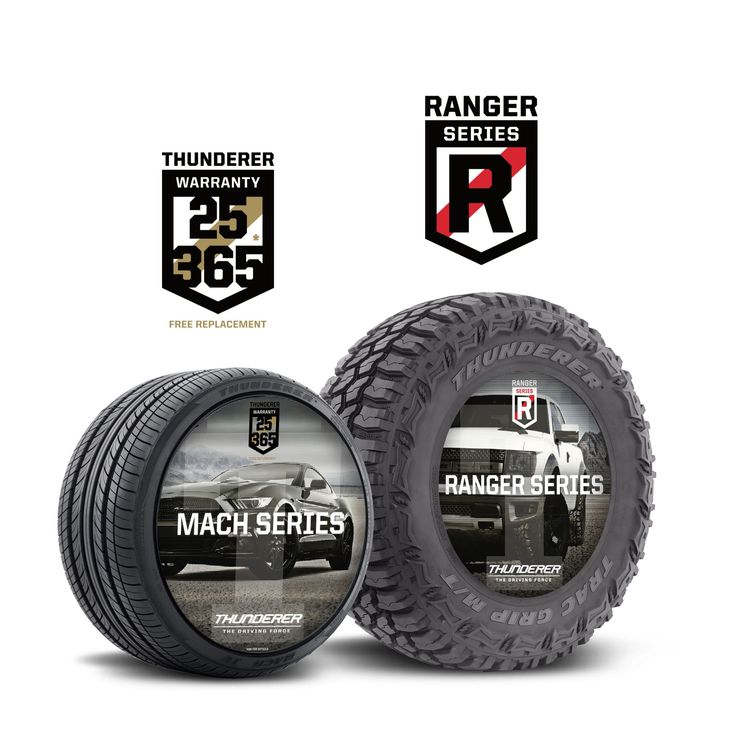 In addition, tires are expensive and wear parts of the tractor, the cost of which is about 12% of the cost of the tractor itself. Tires are changed 3-4 times during the entire life of the tractor, therefore, the cost of operating tires is approximately 20% of the total cost of operating the tractor.
In addition, tires are expensive and wear parts of the tractor, the cost of which is about 12% of the cost of the tractor itself. Tires are changed 3-4 times during the entire life of the tractor, therefore, the cost of operating tires is approximately 20% of the total cost of operating the tractor.
The service life of a tire is affected not only by compliance with the rules of operation, but also by the conditions in which they are used: air humidity and temperature, road surface and soil properties. When using the tractor in the field, the service life of the tires is about 6000 hours, and when performing transport work, they wear out much faster. On stony soils, in mountainous areas, the tire life is reduced by 25-35%, and on winter snow cover, on the contrary, it increases by 25-30%.
The front drive tires MTZ 82 wear out faster than the rear ones. This is explained by the fact that the rolling radius of the front tires is 1.7 times less than that of the rear ones. Passing the same path, the front tires make more revolutions.
Passing the same path, the front tires make more revolutions.
Recommendations for inner tire pressure, kgf/cm2
| Type of work | rear wheels | front wheels |
| General types of work | 1. 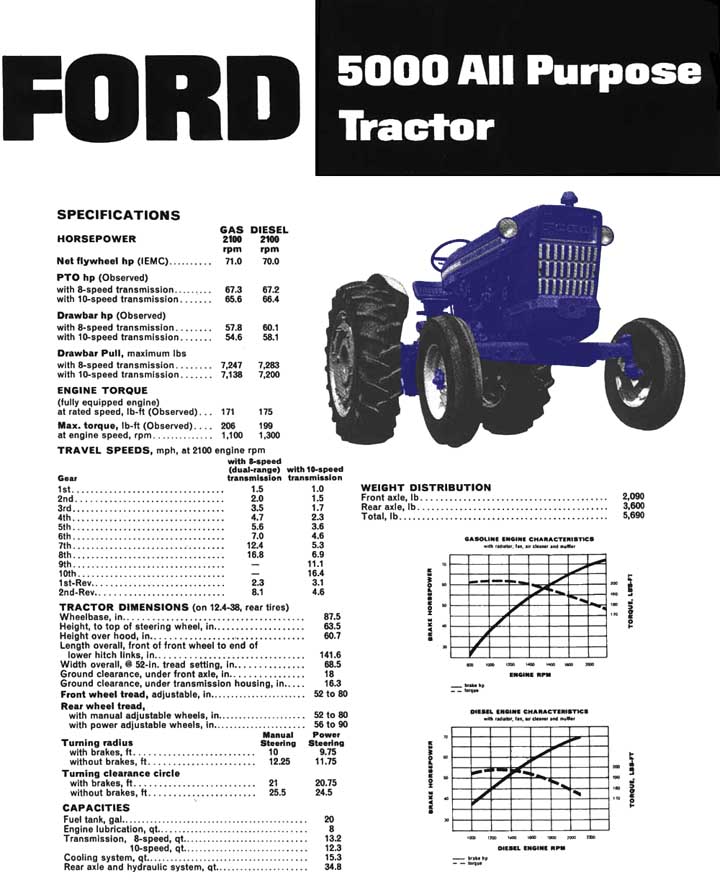 4+0.1 4+0.1 | 1. 1 |
| For working on soft soils and plowing | 1.0+0.1 | 1.4+0.1 |
| For working with heavy agricultural equipment | 1.6+0, 1 | 2.5+0.1 |
Violation of the norms of internal pressure in tires significantly reduces their service life. An internal pressure that is 20% lower than the norm reduces the service life by 15%, and an increased pressure reduces the service life by 10%. When performing certain types of work, temporary tire overload is permissible.
Due to the fact that there are many varieties of MTZ-80 for different tasks, the tire, respectively, can be different and differ in structure. The frame plays an important role, because all the effort and load falls on it. The correct carcass should evenly distribute the load, which increases the life of its tire and performance.
Fortunately, correct tire pressure and maintenance on your tractor will make changing a tire a breeze. According to statistics, for the entire life of the tractor, it is enough to replace the rubber 4 times. The agricultural tractor has a small feature related to the size of the wheels. For example, the diameter of the wheels is smaller in front, the rear wheels are an order of magnitude smaller. The pressure in the tractor tires on different wheels may differ, but in extreme cases, you can adhere to the indicator 1.4 kgf / cm2
I must say that the radiality of the front wheels R20, installed on this model of the Belarusian tractor, is optimal for standard operation.
However, the machine can also be used in winter, in conditions of high snow cover, as well as when working in quarries, swamps and in other more difficult conditions.
That is why the manufacturer allows independent intervention of drivers and the choice of wheels of other recommended parameters.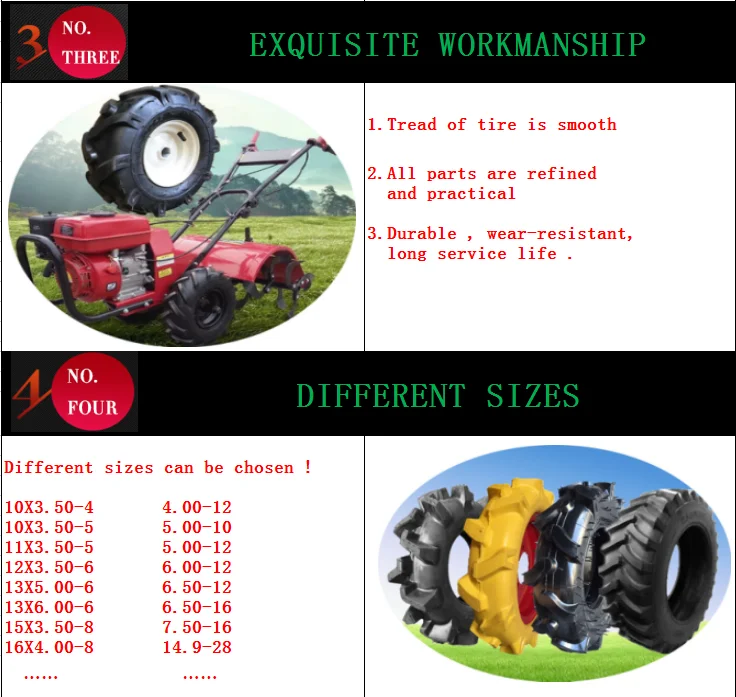
When installing wheels of an off-design radius, the driver should be prepared for more frequent maintenance work to repair the suspension, bearings in the hub, change the oil and other procedures, since an off-design load on all systems provokes rapid wear of all parts.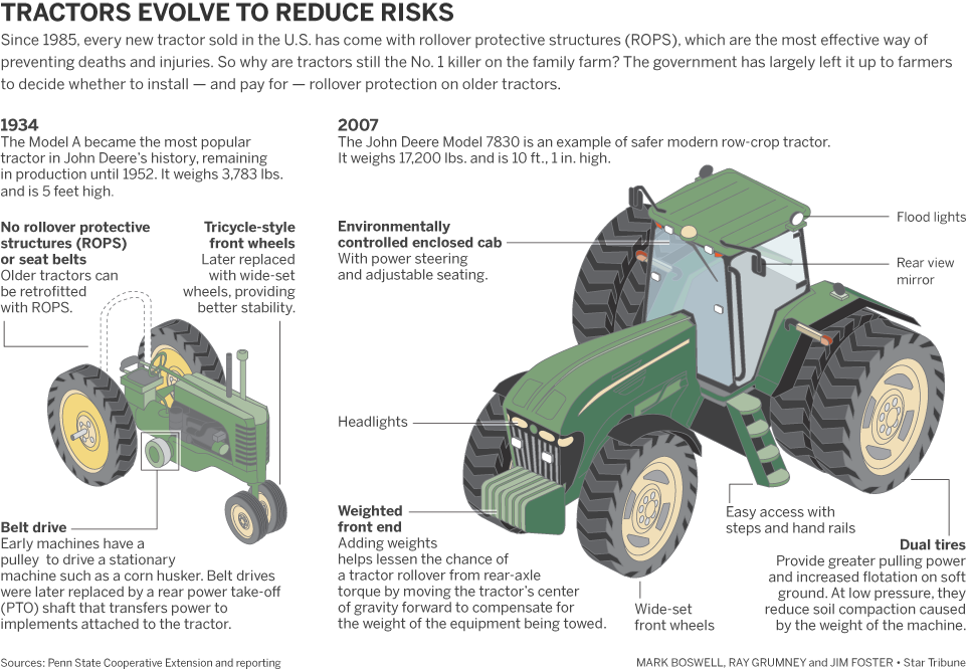 82
82
In some cases, on the most inaccessible sections of the road, the classic rear or all-wheel drive of the tractor cannot cope with a thick layer of dirt and return back to its track.
However, this does not mean at all that the equipment will not be able to overcome such a section, since the driver just needs to change the mode - turn on the center differential lock and brake, which will make the wheels rotate simultaneously and the tractor driver will be able to pull the car out of almost any mud.
This locking system has the following fairly simple design and principle of operation:
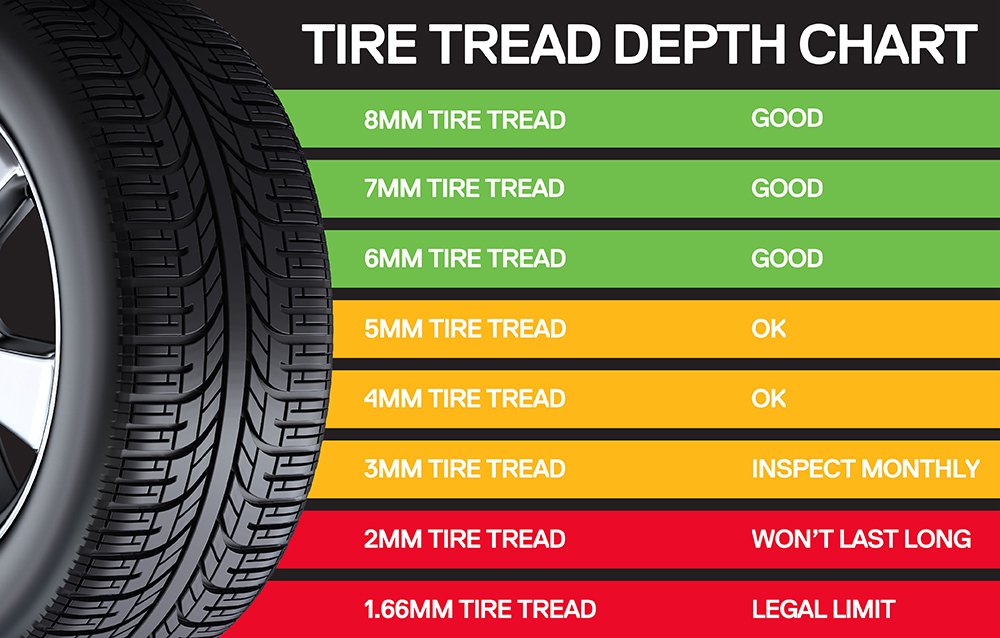
Tractor tire rupture Although the mechanical wheel lock is simple in execution and reliable in operation, it is difficult to operate and non-functional. Therefore, on modern models of Belarusian technology, a more advanced system is installed - a hydraulic locking drive, which is different in that it no longer requires effort and a long arm to actuate the mechanism, since the traction force increases many times under the action of compressed oil in the piston.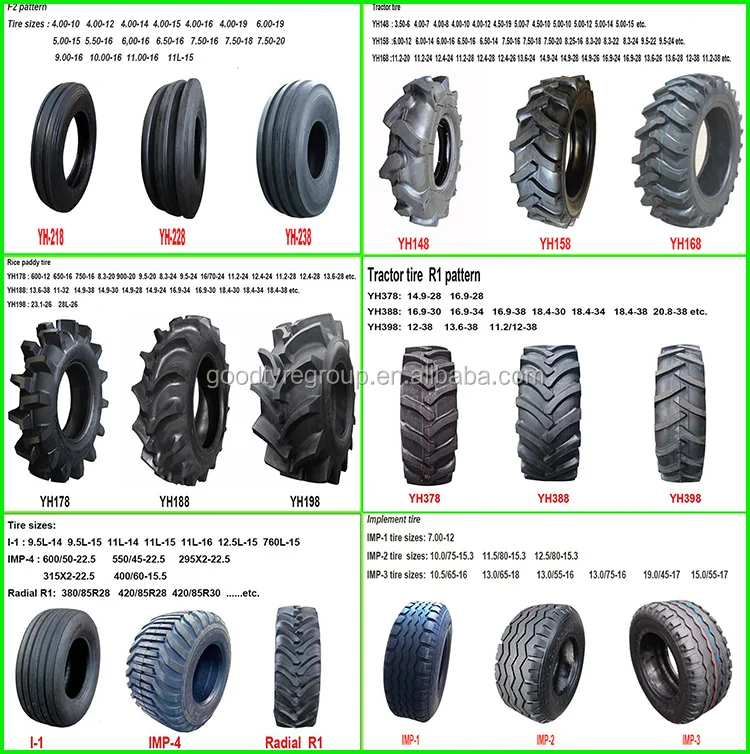 However, such a system can cause leakage in the piston when overloaded and more time-consuming and costly repairs to the equipment.
However, such a system can cause leakage in the piston when overloaded and more time-consuming and costly repairs to the equipment.
Often, on various Internet forums, owners and operators of MTZ-82 tractors complain about the problem when, while driving on a hard surface, their wheels become loose and start to “run”, which causes discomfort in cabin, and also causes damage to mechanisms.
The reason for these problems lies in several possible breakdowns of various systems at once, and the most common of them are listed below:
 2 ... 1.4 atm.
2 ... 1.4 atm. 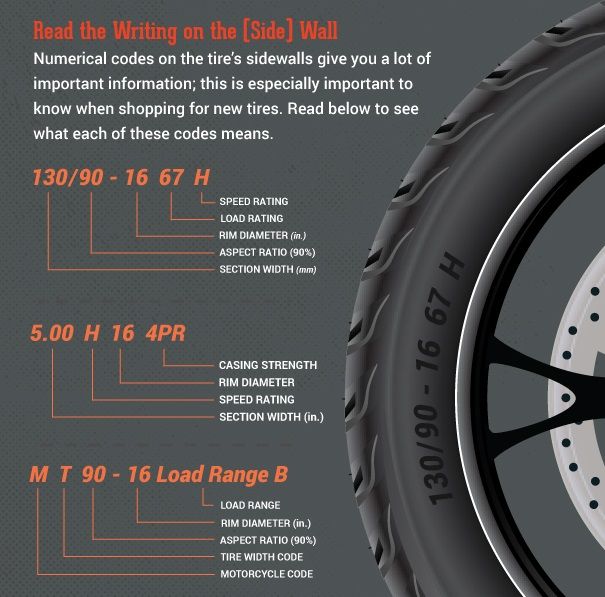 If such a problem is discovered after disassembling the hub, it must be immediately eliminated by replacing the bearing or the assembly, as it can subsequently ruin the entire suspension on the tractor.
If such a problem is discovered after disassembling the hub, it must be immediately eliminated by replacing the bearing or the assembly, as it can subsequently ruin the entire suspension on the tractor. Tire fitting for the MTZ 82 tractor Any problem with the smoothness of the movement of agricultural equipment requires a thorough check, since later it can easily result in more serious breakdowns. In addition, the operator or owner of the tractor should choose the nearest service center for himself and carry out periodic maintenance of the undercarriage of his unit at least once a year if there are no problems, and also regularly check and, if necessary, adjust the pressure in the MTZ 82 tires. Only with such equipment will serve for decades and does not require large investments.
Only with such equipment will serve for decades and does not require large investments.
The front wheels on the MTZ-82 tractor must be replaced exclusively in pairs, since the purchase of only one tire may result in a loss of effective operation.
That is, one side will cling to the dirt more effectively, while the old tire will begin to slip.
All this will lead to incorrect operation of the traction rail, motor and unbalance of the entire mechanism.
Special equipment works in extreme conditions - off-road, as well as high loads during plowing, construction and other works. Tires need periodic replacement, which is carried out in accordance with established standards. You also need to look at the condition of the wheels, in case of premature wear, they also need to be changed.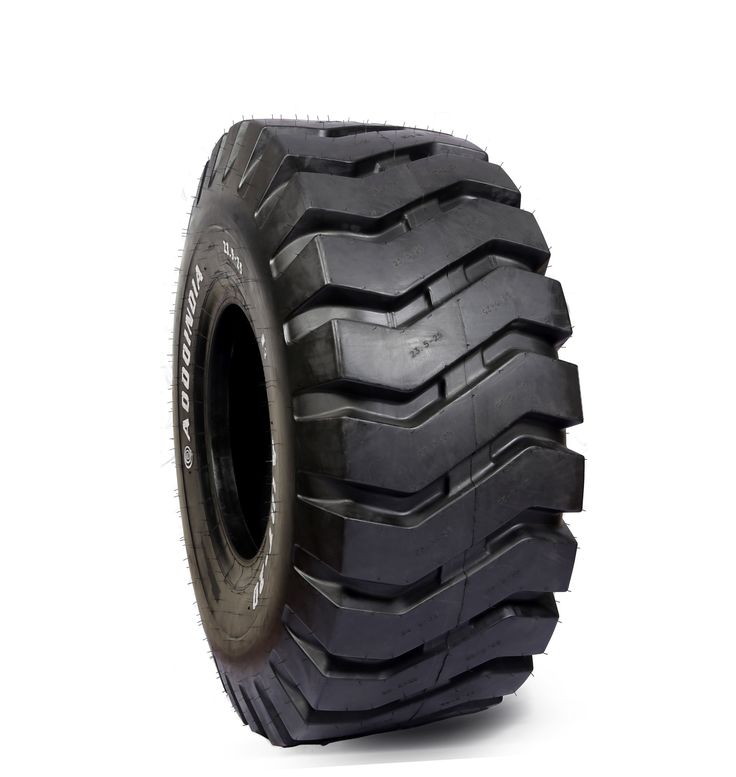 The new branded rubber for the YuMZ tractor or for other machines is reliable, so the declared resource will serve properly.
The new branded rubber for the YuMZ tractor or for other machines is reliable, so the declared resource will serve properly.
Practically in every organization where there are tractors, they are guided by the mileage standards for tires. This is a prerequisite for calculating the cost of servicing special equipment, taking into account this information, a budget is laid in advance. In this matter, they are guided by the norms according to GOST standards.
Immediately, we note that the mileage rate is set directly by the manufacturer, here much depends both on the quality of the tire itself and on the operating conditions. For example, wear on the driving axle is higher than on the driven axle, and the mileage rates are different. Therefore, it is impossible to say exactly how long tires on special equipment will last.
However, there are average data for certain types of machines. For example, the standards for the leading tires of the MTZ-82 tractor marked 8.3-20 are 1700 hours, and for a similar model MTZ-80 with sizes 7.50-20 - 2400 hours.
For example, the standards for the leading tires of the MTZ-82 tractor marked 8.3-20 are 1700 hours, and for a similar model MTZ-80 with sizes 7.50-20 - 2400 hours.
Organizations often calculate tire mileage using the following formula:
Hi = H x K1 x K2,
where:
It is important that the desired value should not exceed the average mileage for rubber by 25%, which is set by the manufacturer. Usually, when buying tires for their equipment, they do not make such calculations, but are guided by the average parameter, which was set by the manufacturer. If necessary, add another quarter of the desired value.
Despite the established standards, it is necessary to monitor the condition of the tractor wheels - sometimes the tires have to be changed ahead of the stated time. This usually happens when certain points are not taken into account: for example, overloads during intensive work. There are also troubles if fake products or low quality products are purchased. When contacting our online store, such difficulties are excluded, because we offer only original products that meet the latest standards.
This usually happens when certain points are not taken into account: for example, overloads during intensive work. There are also troubles if fake products or low quality products are purchased. When contacting our online store, such difficulties are excluded, because we offer only original products that meet the latest standards.
The following signs indicate the need to replace the rubber:
With little wear, if these damages are absent, the rubber can even be restored, but this solution is not always cost-effective. It is easier and more profitable to order new tractor tires, which will be made from high-quality raw materials, which guarantees their safety and durability.
Original tires, unlike cheap analogues, are made strictly in compliance with standards and from the best materials, therefore they last much longer.